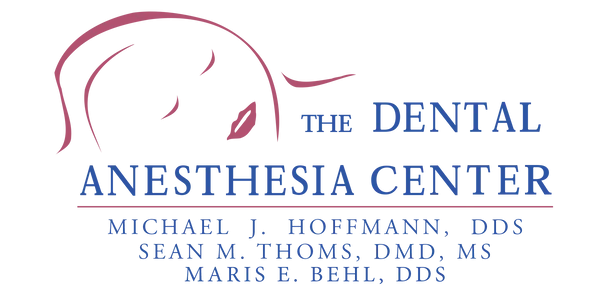SDF is beneficial for small children, special needs patients, and the elderly. This is because there are no drills or needles needed for this treatment.
Tooth decay is considered an infectious disease. In fact, cavities are one of the most common chronic diseases that affect all ages. It’s estimated that more than 80% of Americans will have had at least one cavity when entering their 30s. More than half of all teens in the US have had cavities.
So if you or your child have a cavity, what are your dental options? Your dentist may have suggested Silver Diamine Fluoride. But what is SDF, and how does it work?
What Is Silver Diamine Fluoride (SDF)?
SDF is a liquid made of water, silver, fluoride, and ammonia. It is applied directly to the surface of a tooth. It can stop emerging cavities and prevent others from forming.
Silver Diamine Fluoride has been used for decades outside the US. In 2014, the FDA approved its use. It is generally covered by most dental insurance plans and is much less costly and invasive than traditional drilling and filling treatments.
FAQ About SDF
- How does SDF work? SDF help kills the bacteria that breaks down tooth surfaces while also keeping the cavity from spreading to other teeth. It is very effective at stopping cavity development after one has formed.
- How is SDF applied? SDF is applied topically to the tooth with the cavity. All moisture is removed from the tooth’s surface, and the liquid is applied to the affected area.
- Are there any side effects to SDF? The most notable side effect is discoloration. Once applied, it stains the area black. However, dentists consider it to be safe, even for young children.
- Who is a good candidate for SDF? SDF is beneficial for small children, special needs patients, and the elderly. This is because there are no drills or needles needed for this treatment. It is quickly and painlessly applied and is very effective.
- Who shouldn’t use SDF? If you have a silver allergy, canker sores or oral ulcerations, advanced gum disease, or significant tooth decay that exposed the soft tissue, you should not use SDF.
Talk to Your Dentist
If you’re interested in SDF as a treatment for a cavity, talk to your dentist. It’s painless, quick, and has a high success rate at stopping tooth decay and preventing new decay from forming.
At The Dental Anesthesia Center, we value our patient relationships, making it our priority to deliver the gentle dental care that you deserve from sedation dentists in St. Louis. We work hard to make you feel at ease by providing exceptional patient care in a relaxed, convenient atmosphere.
Call Us Today
The first two board-certified Dentist Anesthesiologists in the state of Missouri.
